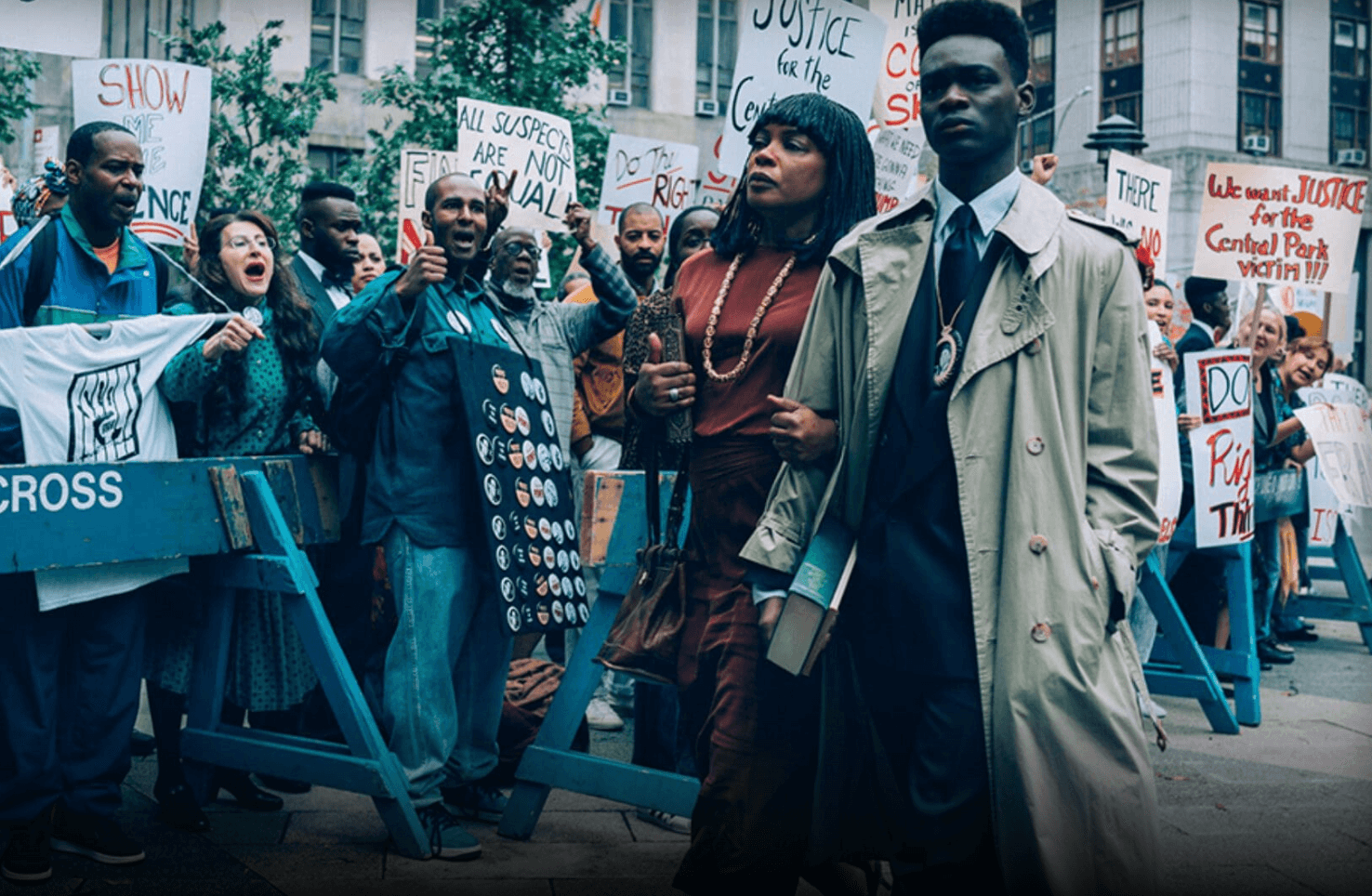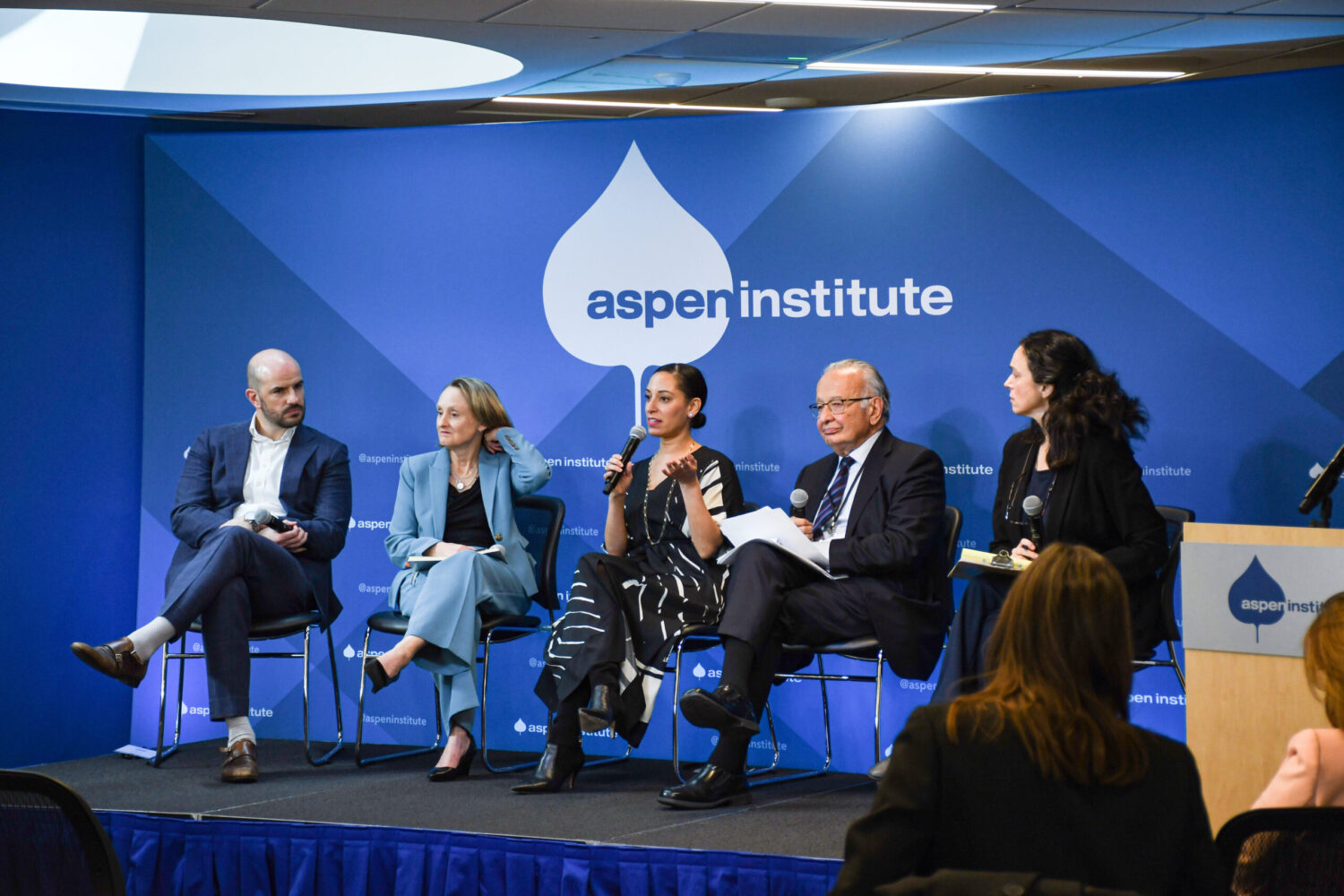Question: What will be the defining color of 2017? Answer: Green.
This isn’t a metaphor. Green is the “color of the year,” says the Pantone Color Institute. And not just any green, but specifically Pantone 15-0343, also known as “Greenery.” According to style mavens and fashionistas, Greenery is the new It color for everything from headphones to clothing to cars and more.
Green will not be the color of the next administration, however. With uncertainties about the next four years swirling, there is one safe prediction: Sustainability and climate change will not be high on the Trump administration’s priority list.
For business, investors, tech innovators, and entrepreneurs, this a call to action. If sustainability is to keep moving forward, it’s up to the private sector now. In the pro-business environment ahead, the greatest opportunities await mission-driven, impact-focused companies and investors.
It’s an urgent message to, if not an opportunity for, those businesses and investors still sitting on the sidelines. Lower taxes, shrinking revenues, and reduced federal funding in a trickle-down economy are bound to leave environmentalism parched. But necessity is the mother of invention, and we suspect the business world will respond to the pro-business, anti-environment administration with innovative technology solutions and sustainability-focused consumer products and brands spanning areas as broad as agriculture, climate change, food delivery, and sustainable commerce.
They should do so not out of the kindness of their hearts, but out of the business imperative to spot untapped demand and realize opportunities to satisfy it. Perhaps a more laissez-faire approach to the economy and social issues might be the nudge that “impact investing” finally needs. Already, 55 percent of international consumers favor green companies, while nearly 75 percent of millennials (a group that now outnumbers baby boomers in size and buying power) say they’d pay higher prices for sustainable products, according to Nielsen studies in in 2014 and 2015.
It’s fast becoming conventional wisdom that sustainable business practices contribute to strong products, profitability, and higher returns. A 2014 report from CDP (formerly Carbon Disclosure Project), an international not-for-profit, found that corporations with active plans for managing climate change saw an 18 percent higher ROI than companies without such plans (they also outperformed businesses that declined to release their emissions reports by 67 percent).
A McKinsey study on sustainability and profitability cites research comparing two sets of 90 companies, well-matched in every way—except that one group had made “substantive, long-term investments” in sustainability. These companies saw a higher return on assets (by 34 percent) and a higher return on equity (by 16 percent), which the researchers attributed to “the sustainability policies themselves.” According to McKinsey, “socially responsible” investment in the U.S. grew by 22 percent from 2011 to 2014, and now represents more than 11 percent of the total $3.74 trillion assets managed in the U.S.
Time for the laggards to up their game. Ceres, a non-profit focused on sustainable business, studied 613 of the largest publicly-traded U.S. companies with research and analysis firm Sustainalytics, and reported that “far too many companies are only taking small, incremental steps to address pressing sustainability issues.” For example, just 35 percent had set time-bound targets for cutting greenhouse gas emissions, and just six percent had established quantifiable targets for increasing renewable energy sourcing.
Yet there’s “sustainability,” and there’s sustainability. The broader definition means far more than focusing on the green sector. It’s an ethos for building and operating companies over the long run. It suggests an ideal where entrepreneurs can create something lasting to hang their hats on, and employees and stakeholders have something permanent to depend on. It also means that capital is used in a far more efficient, resourceful, and ultimately less wasteful way.
Talented entrepreneurs are pressing that advantage. The next generation of founders, particularly millennials focused on health, wellness and sustainable living, are different than the previous crop who were more focused on starting the next Uber, LinkedIn, or Twitter. This new class of entrepreneurs seeks to create enterprises of lasting value, with meaningful company cultures reflecting the permanence and “sustainability” inherent in healthy products and environmentally-friendly services. They want investors who will be in for the long haul, who’ll see beyond their products and profits to embrace their deeper missions.
Companies committed to building sustainable enterprises have a “more sophisticated and long-term” perspective on success, the International Institute for Sustainable Development (IISD) has found. These businesses want to protect the environment, and “the well-being of employees, society, culture and future generations.” It’s an emerging entrepreneurial approach to creating companies dedicated to sustainability as a sector, and as a response to the every-man-for-himself mindset that’s likely to take hold in a post-election policy environment.
Healthy consumer products (see the recent acquisition of Bai) or broad-based clean energy companies are some of the fastest-growing, most steadily expanding enterprises in the market. We look at current conditions as contrarians—favoring a growth story for an industry positioned to mirror or beat any other sector out there.
Green companies, values-driven investors, and positive-impact entrepreneurs have always been portrayed as dependent on friendly government handouts and lower ROI expectations. If sustainable investment dips, or fails to deliver on it promise of impact, the next few years could reinforce that view.
Yet, in a Pantone 15-0343 world, the exact opposite might happen. Some impact companies and impact investors have been talking about change more than investing in it. Now’s the time to step up and execute to meet the growing demand for “greenery” everywhere.











